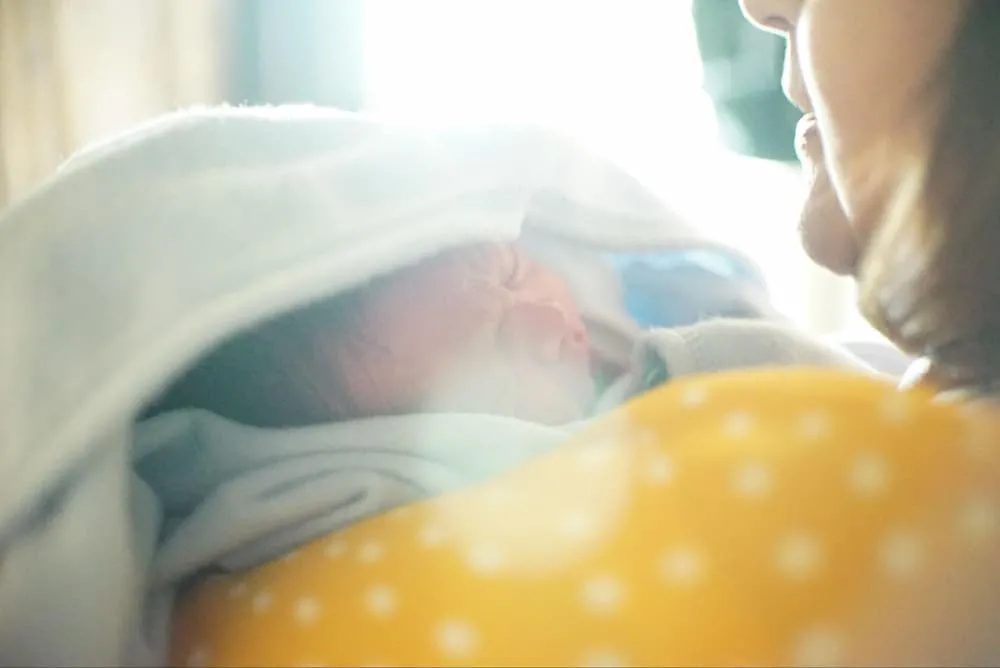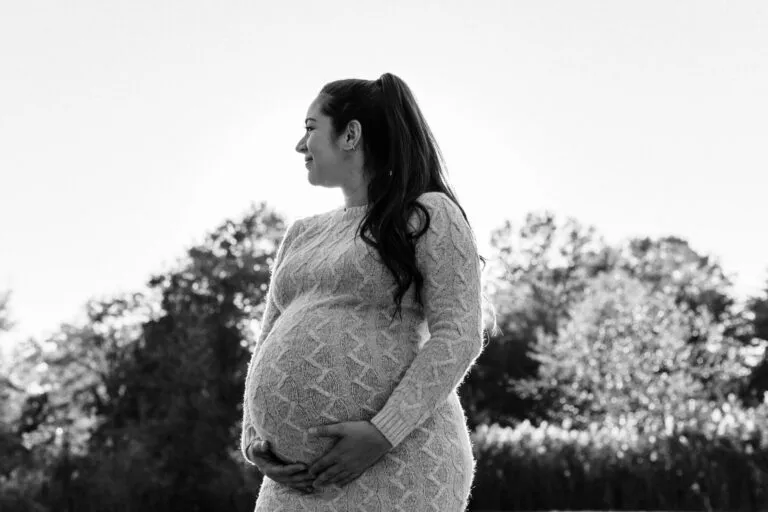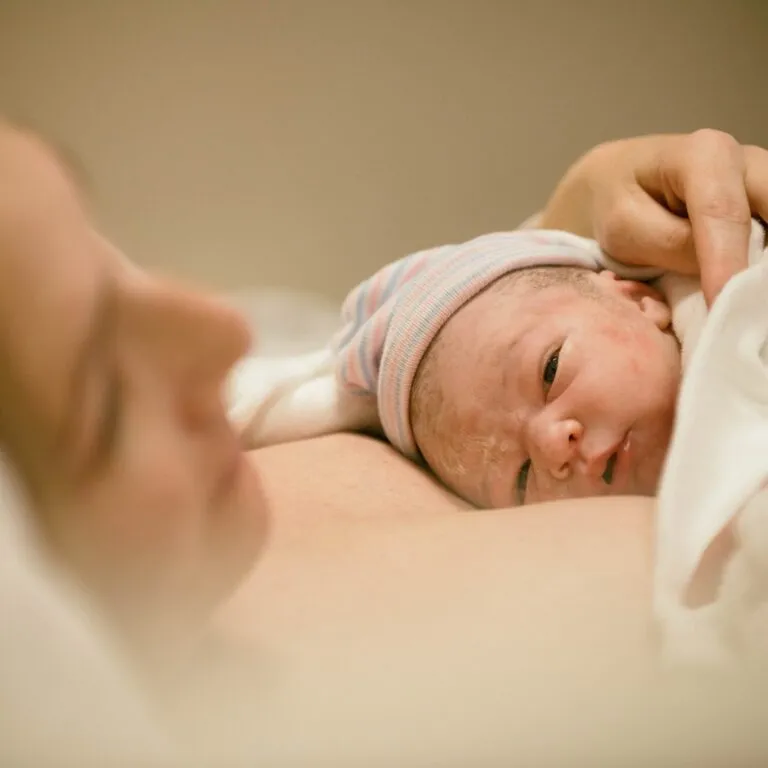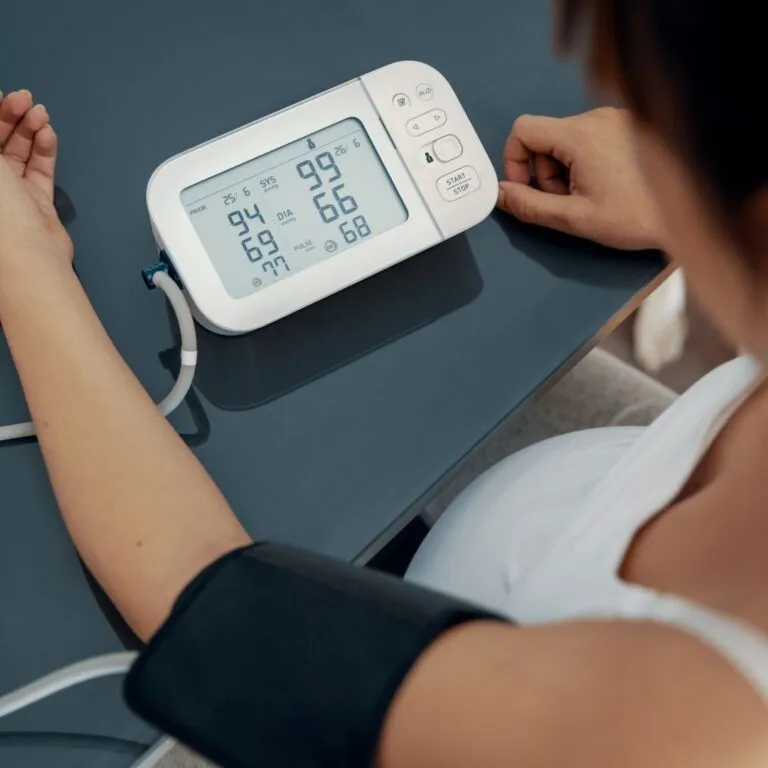When your baby is first born their tummy is very small and they will need to feed regularly. Whether you decide to breast, bottle or combination feed your baby we hope you find this advice guide helpful.
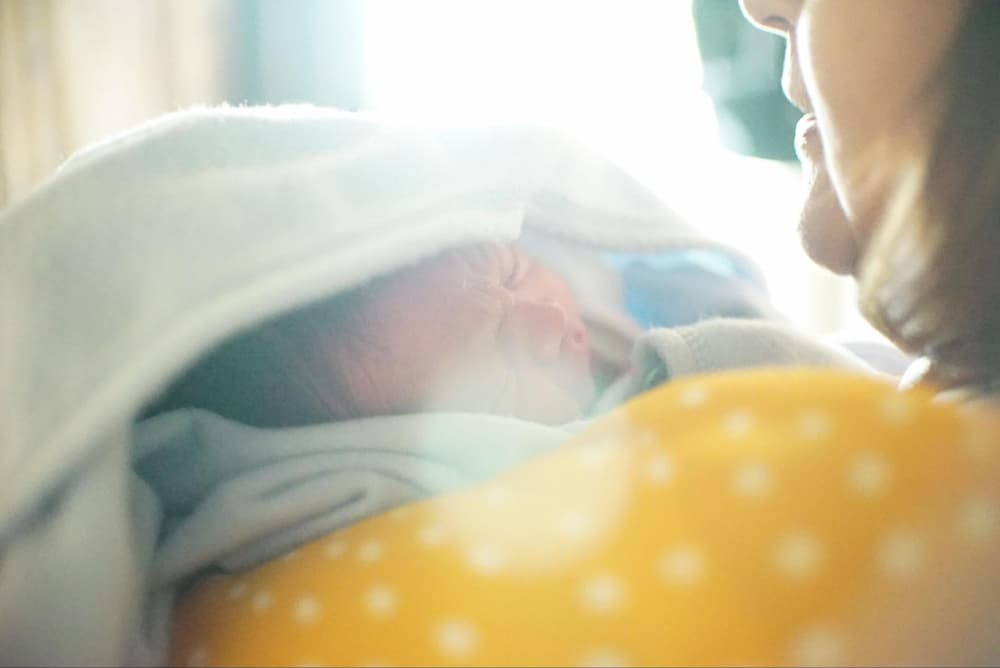
In the early days, your baby’s stomach is very small, approximately the size of a pea or a small marble! This means your baby can only manage to drink a small amount at each feed but they need feeding frequently. Here are some of the signs your baby is starting to feel hungry:
- Becoming restless
- Putting their fist and/or fingers in their mouth
- Rooting – turning their head and opening their mouth
- Starting to make sounds
These are early signs that your baby is ready for feeding, crying can also be a sign of hunger but it can be difficult to calm them enough to feed them by this stage so it’s always better to respond to early feeding cues. You will likely be feeding your baby every couple of hours, day and night, in the early days and this may feel like all you do! As your baby grows, their tummies get bigger and they can manage more milk, then these gaps between feeds will become longer.
Choosing whether to breast, bottle or combination feed your little one can be a very tough decision. The World Health Organisation (WHO) recommends exclusively breastfeeding your baby for the first 6 months of their life, and then until your child reaches the age of 2 years, or as long as both the mother and child want to, as well as eating solid foods. However, we know that this is easier said than done for a lot of mums and babies. Fed is best, no arguments. Let’s discuss feeding options further…
Breastfeeding
There’s no doubt that breastfeeding offers a lot of benefits for your baby and yourself, breastfeeding can help reduce the chances of your baby getting infections, reduces the chances of SIDS (sudden infant death syndrome) and can even lower the risk of the mother developing breast cancer in the future. Breast milk is also very easy for your baby to digest, a lot easier than formula milk, and it adapts and changes to your growing baby’s needs…amazing right?!
If you would like to try breastfeeding your baby then it is important to learn as much as you can before your baby is here to prepare. A lot of breastfeeding information is given in antenatal classes so it’s important to attend these and ask your midwife for more information. You will also have a Health Visitor who will be able to give you breastfeeding advice and support before and after your baby is born. The more research you do before your baby is here, the more confident you will feel when feeding your baby which will really help, especially in the very early days.
Colostrum is the first milk your breasts will produce, it’s a thick almost golden colour and is very nutritious for your newborn. They will only manage to drink very small amounts when they are first born, the amount of milk they can drink and the amount of milk your breasts produce will increase as your baby continues to suckle at the breast and gets bigger. It’s normal for your baby to breastfeed every few hours, sometimes even more frequently than this, but as your milk starts to ‘come in’ and becomes more mature then your baby will start to have less but longer feeds.
Skin-to-skin contact is a great way to help establish breastfeeding, as well helping to create a strong bond between you and your baby. You should be able to have skin-to-skin contact straight away after giving birth, even if you had a c-section, unless there is any medical reason why not. If you would like to have skin-to-skin straight away then let your midwife know so they are aware that this is important to you. During the first skin-to-skin contact is a great opportunity to give your baby their first breastfeed.
It’s important to feed your baby on demand, this will be very often in the early days but this is important to help build up your milk supply. Every time your baby feeds and removes milk from your breasts, your body will then know to make more ready for the next feed. It’s especially important to feed regularly during the night, this is because during this time you produce more prolactin, this is one of the hormones responsible for milk production. It’s important to remember that you can’t overfeed a breastfed baby.
Your baby’s latch is very important to enable effective breastfeeding. A good and deep latch can help prevent nipple pain and damage and is essential for your baby to be able to empty the breast of milk effectively. This helps with a good milk supply and can help to prevent mastitis. Mastitis is when your breast tissue becomes swollen, red, hot and painful and can sometimes involve an infection. It’s important you seek medical advice quickly if you suspect that you have mastitis.
Your midwife and health visitor will be able to support you with your baby’s latch and they will check that it is effective. If you are experiencing pain then this might be an indication that something isn’t right so try changing positions or reach out for help. Nipple shields can also be a great help if you are struggling with breastfeeding, and sore nipples in particular. The crazy thing is that not a lot of mother’s have ever heard of nipple shields before! You can read more about the benefits of nipple shields here.
It can be tricky to know exactly how much milk your baby is getting if you exclusively breastfeed and this is something a lot of mums struggle with. Here are a few tell-tale signs that your baby is getting enough milk from you:
- They are having regular wet nappies.
- They are having regular soft poos, these are usually a yellow colour.
- They are content after having a feed. If your baby is unsettled during feeds and after then you should contact your midwife or health visitor.
- They are gaining weight, although it is normal for babies to lose a small amount of their birth weight in their first week of life. If you are concerned about weight gain then you should contact your midwife or health visitor.
- Your baby is sucking efficiently at the breast.
- Your baby’s cheeks are rounded when at the breast and you can hear clear swallows.
- Your baby is settled whilst feeding and comes off your breast themselves when they have finished feeding.
Formula Feeding
If you decide to give your baby formula milk then you will need to invest in some good bottles and sterilising equipment. MAM bottles are uniquely designed and are easily accepted by babies, this is because they have been specifically created to mimic the feeling of breastfeeding as much as possible. It’s important to sterilise your baby’s feeding equipment before each use, this is recommended until your baby is at least one year old because they are very susceptible to germs that cause diarrhoea and vomiting. You can choose to sterilise bottles by steam, cold water sterilising solution or boiling, these options all vary and some bottles/teats may not be suitable for boiling so it’s important that you follow all manufacturer’s instructions.
Even if you choose to give your baby formula milk it’s still important to remember that they have very tiny tummies when they are young so will only need small amounts in the early days. It’s so important that you follow the preparation instructions provided by the formula milk you choose. Making formula milk incorrectly can make your baby very unwell.
Newborns feed little and often so they may not finish all of their bottle, if you are concerned that your baby isn’t drinking enough milk then you should contact your midwife, health visitor or doctor. As your baby gets older then they will start to be able to drink more milk. All formula milk has a guide for you to be able to see how much your baby should be having.
You can still have the closeness and bond with your baby through bottle feeding that you get with breastfeeding, and Dads get to enjoy the experience too which can be a really special bonding time for them. If you choose to bottle feed your baby from the get go, or you are unable to breastfeed for a variety of reasons, it’s important to know that a fed baby is always best! You shouldn’t feel pressured by anyone to feed your baby in a particular way, this is a decision that is up to you and you should be supported to feed your baby whichever way you choose to.
Combination Feeding
Who says you can’t have the best of both worlds? Combination feeding is often not talked about but is a great option for a lot of mums. As the name suggests, combination feeding is a mixture of breast and formula feeding your baby. The reasons for wanting to combination feed include:
- You may need to leave your baby, either for work or other reasons, and you need to be sure that your baby will still have milk
- You would like to introduce a bottle to your baby
- You would like to introduce some formula feeds
- You would like to start pumping and give your baby your expressed breast milk in a bottle
- You would like to breastfeed and bottle feed at the same time
It can be a bit tricky to know when to start combination feeding as introducing a bottle of formula milk in the early days can negatively affect breastmilk production. We recommend that you speak to your midwife or health visitor about this as they will be able to provide you with a lot of useful and accurate information.
If you have been exclusively breastfeeding up until this point then introducing a bottle will be a brand new experience for both of you! Here are our top tips for introducing a bottle to your baby:
- Let somebody else try in the first instance, baby will be used to breastfeeding from you and will instinctively smell your milk, so it may be easier for someone else to offer the first bottle
- Try a different position
- Introduce a bottle when your baby is content and not very hungry as this may cause frustration and more upset
Learning to drink from a bottle is a new experience for your little one as the sucking action they need to do is different to when at the breast. MAM bottles have been expertly designed to be as close to breastfeeding as possible so we always recommend trying these bottles first. Of course, every baby is different, and what works for one may not work for another so trial and error is key here. Research has shown that 94% of babies accept the MAM bottle so it’s definitely worth a try!
If you would like to read more about combination feeding, there is a great blog post you can read here.
Pumping
Expressing your milk is another option to feed your baby, you can express breastmilk either by hand or by using a pump. Finding the right method of pumping for you can be tricky so we recommend talking to your midwife or health visitor for more information about your options. You will need to invest in some sterilising equipment and bottles so you can safely give your baby your breastmilk this way.
Expressing your breastmilk can be beneficial if you want to build up a supply of your milk, you have to be away from your baby for a period of time, your breasts are engorged, your baby is having difficulties latching or you want your baby to have breastmilk but you want others to be able to feed them as well.
You can read more about pumping here.
References:
NHS | https://www.nhs.uk/conditions/mastitis/
CANCER RESEARCH | https://www.cancerresearchuk.org/about-cancer/breast-cancer/risks-causes/protective-factors
TOMMYS | https://www.tommys.org/pregnancy-information/after-birth/feeding-your-baby
MAM | https://blog.mambaby.co.uk/feeding/how-when-to-start-expressing/



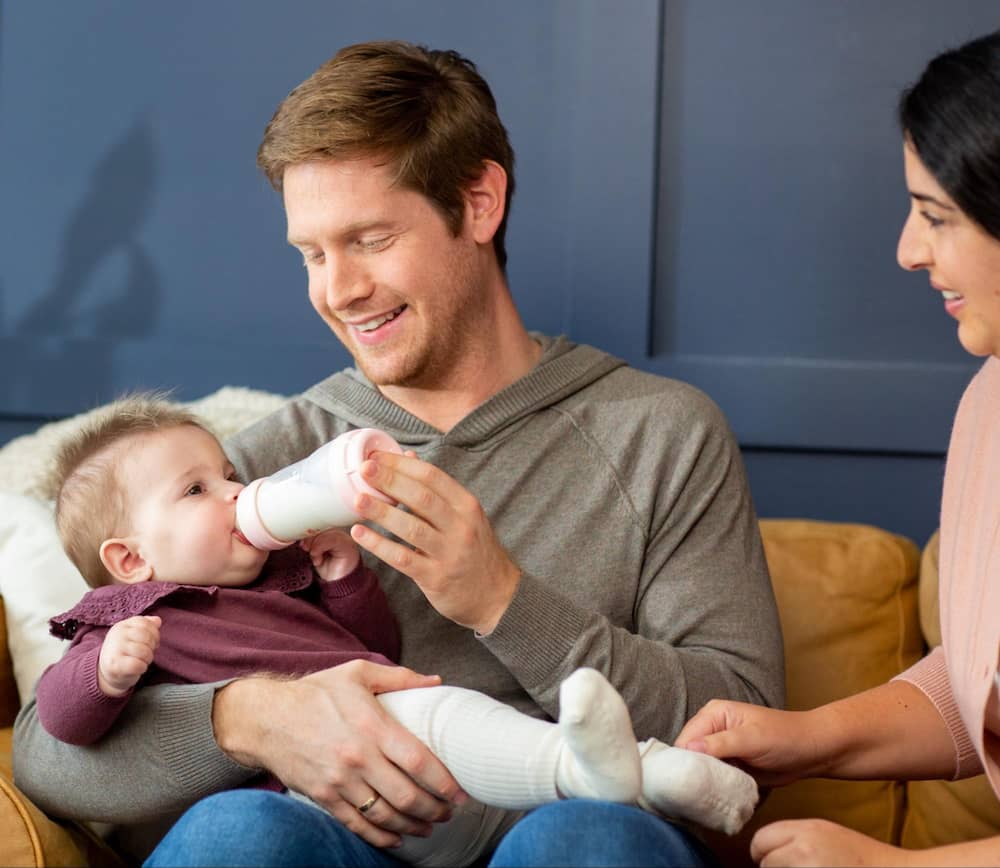


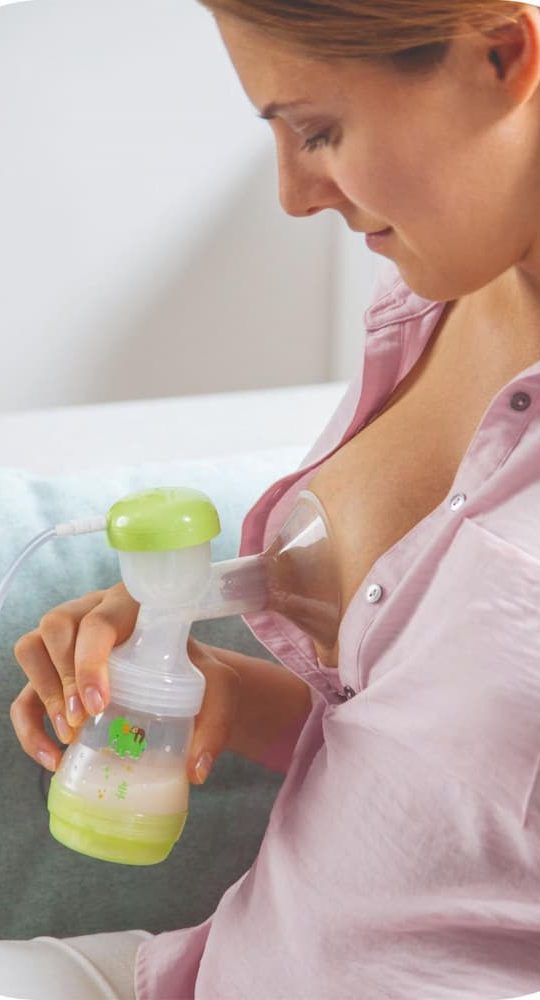
Rate this article:




